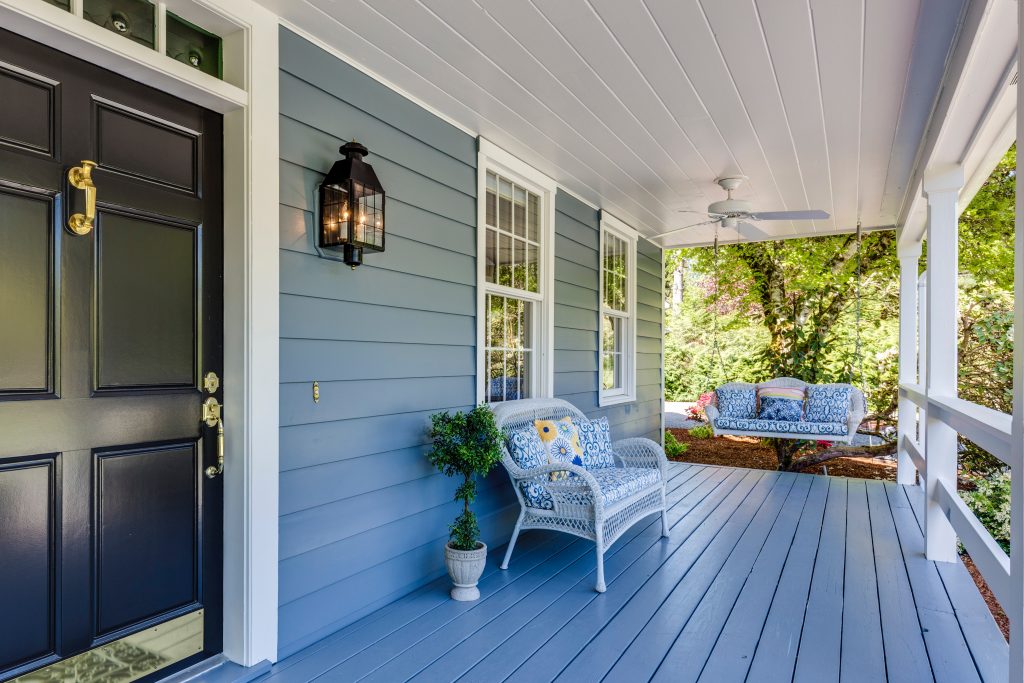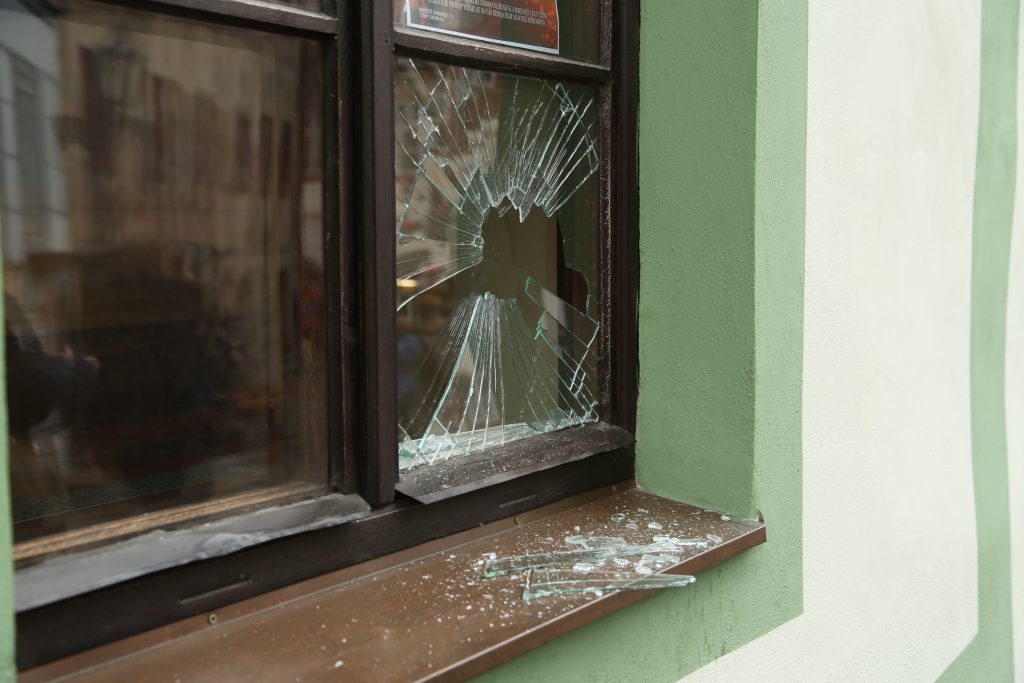
Homeowners insurance is a safety net that protects your most valuable investment—your home. From covering damages caused by natural disasters to safeguarding against theft and vandalism, insurance policies are designed to help you recover financially during tough times. However, one area that often causes confusion is whether broken windows are covered under homeowners insurance policies.
A broken window can be more than just an inconvenience. It poses security risks, exposes your home to the elements, and can even lead to more significant structural issues if left untreated. But will your insurance step in to help with the repair or replacement costs? The answer isn’t always straightforward. Below, we’ll explore the factors that determine coverage for broken windows, actionable steps homeowners can take, and tips for getting comprehensive protection.
Understanding Homeowners Insurance Coverage
Every homeowners insurance policy comes with specific terms and conditions, but most provide coverage within these primary categories:
1. Dwelling Coverage
Dwelling coverage protects the physical structure of your home—walls, roof, floors, and built-in appliances. Typically, this includes attached structures such as a garage or deck. If a covered peril like a storm, fire, or falling tree limb causes damage, dwelling coverage comes into play.
2. Personal Property Coverage
Your belongings—including furniture, electronics, and clothing—are safeguarded under personal property coverage. If they are damaged or stolen due to a covered event like a burglary or a house fire, this part of your policy kicks in.
3. Liability Coverage
Liability coverage addresses incidents where you or your family members are responsible for injuries or property damage to others. For instance, if a neighbor’s child breaks their arm while playing on your property, liability coverage handles medical and legal expenses.
4. Additional Living Expenses (ALE)
If your home becomes uninhabitable because of a covered peril, ALE pays for temporary housing, food, and other essential costs while repairs are underway.
While these categories provide wide-ranging benefits, not all scenarios fall neatly into them, especially damages like broken windows.

Will Homeowners Insurance Pay for a Broken Window?
The short answer is—it depends on the cause of the damage. Homeowners insurance typically covers broken windows if the damage results from a covered peril. Here’s a breakdown:
Covered Scenarios
- Natural Disasters
If a hailstorm or heavy wind sends debris flying into your window, your insurance is likely to cover the repair or replacement costs. Similarly, damage caused by a hurricane is often covered, though some policies may require separate hurricane deductibles in storm-prone areas like North Carolina.
- Accidental Damage by External Forces
Events such as a neighbor accidentally knocking a baseball through your window or a tree branch falling during high winds are considered covered perils.
- Vandalism or Burglary
If someone breaks your window during a burglary or act of vandalism, insurance typically covers the repairs. Be sure to document the damage and file a report with local authorities as most policies require a police report for these claims.
Exclusions
Unfortunately, not all causes of window damage are covered. Common exclusions include:
- Normal Wear and Tear
Windows that break due to age or lack of maintenance, such as rotted wood frames, typically fall outside the realm of coverage.
- Intentional Damage
If you (or a family member) break the window intentionally, don’t expect your policy to help.
- Negligence
For example, if damage occurs because you ignored a clear need for storm shutters or another preventive measure, your insurer could deny the claim.
Factors That Impact Your Claim
To determine whether your broken window repair is eligible for coverage:
- Review Your Policy – Look for a detailed explanation of covered perils and specific exclusions.
- Check Deductibles – Some minor claims, like a single broken window, may not meet your policy’s deductible. If a repair costs $800 and your policy has a $1,000 deductible, the claim won’t qualify.
- Severity of Damage – If the broken window leads to further property damage, such as water entering the home, this secondary issue may bolster the case for coverage.

How to Ensure Comprehensive Coverage for Broken Windows
Taking a proactive approach with your homeowners insurance can save time, money, and stress. Here’s how to make sure you’re fully protected:
1. Understand the Fine Print
Carefully read your policy documentation. Can’t make sense of the legal jargon? Reach out to your insurance agent to clarify exclusions and limitations specific to your policy.
2. Contact Your Provider for Tailored Advice
Insurance policies vary, so a one-size-fits-all answer won’t apply. For example, in parts of North Carolina that experience frequent hurricanes, insurance companies may offer endorsements that provide additional window-specific protection.
3. Consider Adding Endorsements
For windows and other frequently at-risk items, endorsements (also called riders) offer enhanced coverage. These add-ons can bridge gaps not covered by standard plans.
4. Practice Preventive Measures
Reduce risks by:
- Installing storm-resistant shutters or impact-resistant windows.
- Regularly inspecting window seals, frames, and panes for deterioration.
- Trimming trees near your home to prevent falling branches.
Many insurers offer discounts for proactive homeowners who install upgrades like shatterproof windows, so investing in these measures could lower your premium.
5. Evaluate Your Deductible
A lower deductible means you pay less out of pocket when filing small claims, such as for window repair. However, it may also mean slightly higher monthly premiums. Work with a trusted insurance provider like Robinson & Stith to find the right balance.
6. Document Damages Thoroughly
If damage does occur, take these crucial steps:
- Photograph the damage immediately.
- Gather receipts for temporary fixes like cardboard covering.
- File your claim promptly and provide any requested verification, such as a police report.
Managing Claims Efficiently
Here’s a step-by-step process to streamline the claims experience:
- Notify your insurer of the damage as soon as possible.
- Provide all requested documentation to expedite processing.
- Work with your insurer’s approved vendors for repairs to ensure costs will be reimbursed.

Why North Carolina Homeowners Choose Robinson & Stith
For residents of North Carolina, choosing the right insurer is critical to navigating localized risks such as hurricanes and strong storms. At Robinson & Stith, we’ve built a reputation for understanding the unique needs of coastal homeowners. Here’s why homeowners trust us:
- Personalized Advice: Our agents take the time to explain coverage and ensure clients get vital endorsements.
- Fast Assistance: We know downtime during repairs can be stressful, so we work to speed up claim resolutions.
- Proactive Protection: Enjoy our expertise in recommending preventive measures specific to your area.
Secure Peace of Mind Today
Don’t wait for a broken window to test your coverage limits. Contact Robinson & Stith today for a free policy review or customized quote. Whether you’re newly insured or looking to upgrade, we’ll ensure you have the protection your home deserves.
